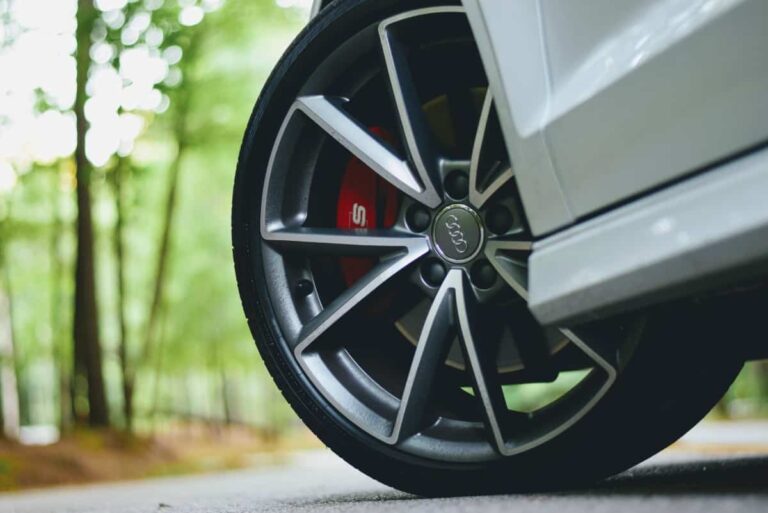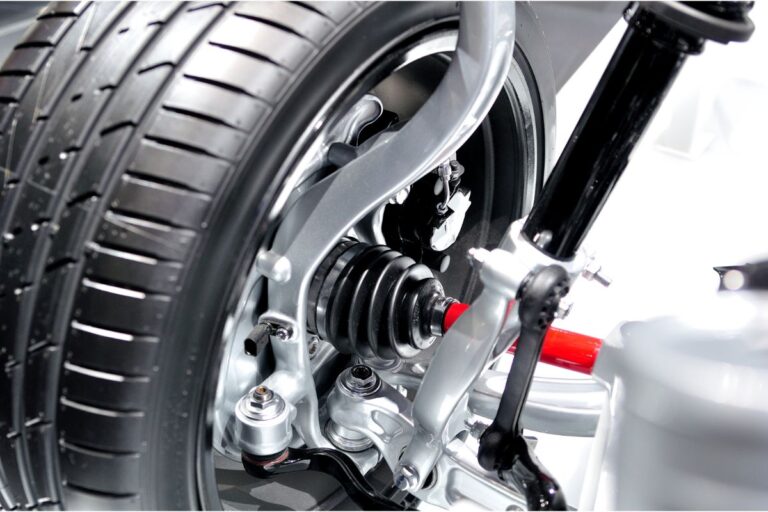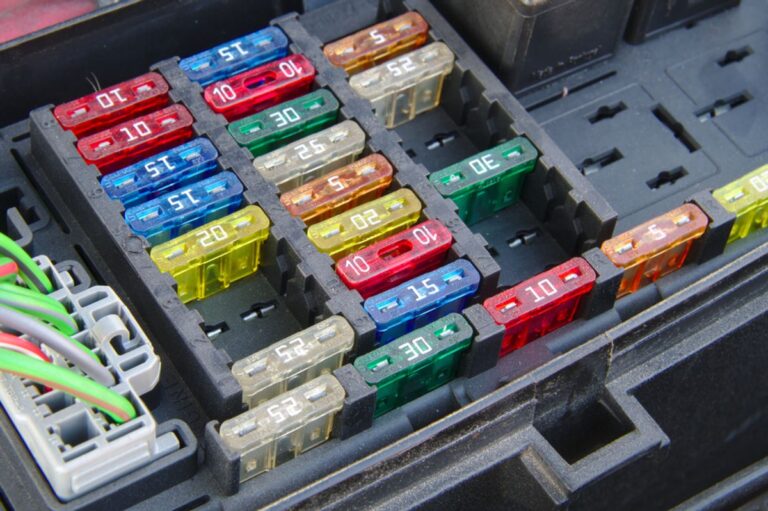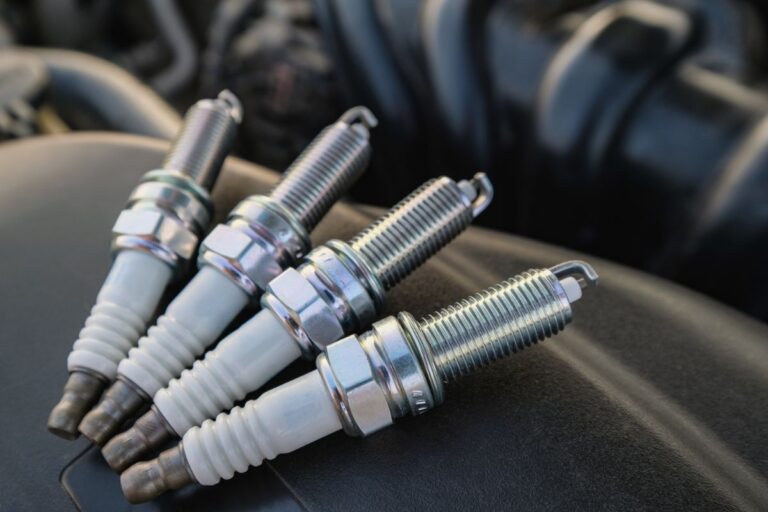
Windshield wipers are a fundamental part of any vehicle, so they require attention to work properly. Many wipers can be broken, bent, split, worn or at first glance.
They look good but they do a very poor job of cleaning, allowing poor visibility, which can be quite uncomfortable when driving. Considering that 90% of all driving decisions are based on clear visibility, wipers are an essential factor for this task.
Especially in the rainy or snowy season, the windshield can get dirty and affect the driver’s vision, so the wipers must be in optimal condition to help remove all obstacles.
What Happens When Wiper Blades Go Bad?

When wiper blades are not in perfect condition, they can leave small streaks on the windshield or large swathes of their path can remain dirty or uncleaned. The driver may have a broken rubber edge causing this, which is often evident by a thin rubber strip hanging off the end of the wiper blade.
When they expire, the wipers lose the flexibility to adapt to the shape of the windshield and therefore clean properly. They can develop a layer of rubber (caused by the same wear) or a curvature that prevents direct contact with the windshield.
This usually happens to vehicles that are parked in the sun all day. The sun burns and hardens the rubber, then when activated, they scratch the windshield and do not adapt to the shape of the glass, which results in something annoying and dangerous.
Why Is It So Important That the Wiper Blade Is in Good Condition?
Over the course of a year, the windscreen wipers make approximately 500,000 sweeps, so the rubber wears down, which can reduce visibility by 30% in rainy conditions as it loses its ability to evacuate water from the glass.
The main element that deteriorates the wiper rubber is the sun, which causes the rubber to harden and crack. However, dust, dirt, sand and saltpeter also play an integral part.
Therefore, if a vehicle owner lives near the beach or in very sunny areas, it is likely that they will have to change the wiper blade more often.
What Are the Signs That Indicate That You Need To Change the Rubber Wiper?

If the wiper blade rubbers are good, they can last up to a year, although it is always recommended to change them before the rainy or snowy season begins.
Even so, in some countries, drivers only change them every four years, an excessively long period of time during which the rubber loses all its properties and, therefore, its effectiveness.
Another factor that can affect the life of windshield wipers is cold. Freezing temperatures cause rubber to harden and brittle, increasing the tendency for it to crack and split. The supports, with snow or ice, become clogged, which causes them not to exert adequate pressure on the wipers.
When the latter freeze, they leave cracks when skidding on the windshield. Various other things take its toll on the wipers too. These include dust, road grime and even impacting bugs take away the edge the wiper needs to do its job well.
As soon as the wiper loses its edge (which has a precision angle cut that maximizes the wiping effect), the water stays under the edge and remains on the glass. The result is poor visibility and poor cleaning.
Some of the most obvious signs that indicate that it is time to change the windshield wiper rubber are:
- Noticing a strange noise when the windshield wipers are activated, which is probably because the rubber has hardened too much and is pressing too hard on the glass.
- Activating the wiper leaves a trail of dirt, which can be in the form of streaks or moisture stains on the glass. In some cases, this problem may be caused by the fact that the arms have lost their grip and do not exert the necessary pressure on the window. However, the most common is that it is due to the fact that the rubber has cracked and no longer performs its function.
- When activating the windshield wiper, they notice that it works “in jumps”, leaving spaces in the glass without sweeping.
- When running a finger over the rubber, the driver may notice roughness or cuts and an external fog on the glass because when it hardens, the rubber does not rotate as it should to the other side.
However, some cars have a wiper blade wear detector, so it will automatically notify the driver when it’s time to change them.
What Factors Determine the Changes?

There is no specific time to change the windshield wipers as it depends on many factors such as those mentioned above. Most experts say they should be changed every six to twelve months for optimal performance and clear visibility.
This is because wipers don’t last forever. The ones made of natural rubber deteriorate faster while the cleaners reinforced with halogen or synthetic material can last longer. Nevertheless, in the end they all require replacement since the sun, ozone, cold and use cause the rubber to deteriorate.
In the event of adverse weather conditions, the wiper blades play a fundamental role. If they do not sweep well and do not evacuate water, hail or snow correctly, they prevent precious information from reaching our eyes. A few seconds can be vital to the lives of vehicle occupants or pedestrians.
When and How Do You Change Your Wiper Blades?

Steps to follow:
- If the wiper blades leave areas to be swept, cause strange misting, make noise or jump, the time has come to replace them.
- It is advised as appropriate to change windshield wipers after the summer. There is nothing worse for its components than long days of sun and high temperatures.
- Some car models incorporate very useful wear detectors. This makes it no longer a question of ” when to change the wipers ” since the car itself tells us when.
- The wear of the brushes is related to their frequent use or to the environmental aggressions to which they are exposed, such as heat, frost, dust or sand. In general, brushes last between 18 and 24 months.
What Are the Symptoms of Wiper Blade Wear?
- If the surface of the windshield is not completely clean, streaks, wet areas or unclean areas remain.
- If there are small jumps that cause the blade to not slide smoothly on the glass.
- If noises are heard during wiper operation.
- The service life of wiper blades
What Is the Service Life of Windshield Wipers?
The average lifespan of wiper blades is six months to a year, so it is recommended that they are replaced annually or sooner if the need arises.
It may not seem like a lot of time, but the blade’s thin rubber edge is exposed to harsh environmental elements that can dry it out and cause it to crack. It can also easily cut through dirt and small stones that may end up on your windshield.
How To Choose Wiper Blades?

Not just any type of rubber for wiper blades. When buying them, there are different factors to take into account, from the use of them to how exposed they will be to the sun. If they are used a lot, they should be resistant and of quality.
Remember that its useful life will depend largely on the quality of wiper chosen. And do not forget that the windshield wipers are not universal, so it is important to check in the car’s manual to find the appropriate model and size.
Conclusion
You can prolong the life of windshield wiper blades by washing the car regularly and removing dirt that can cause the rubber edges of the wiper blades to cut. It is important to also wipe the rubber on the blade with a clean cloth that has been moistened with cleaning fluid.
This cleans the dirt that accumulates on the blade itself and can protect it from drying out. Therefore, it is safe to say that taking care of the windshield wipers and paying attention to their wear and tear is a precursor to whether they need to change or not.






